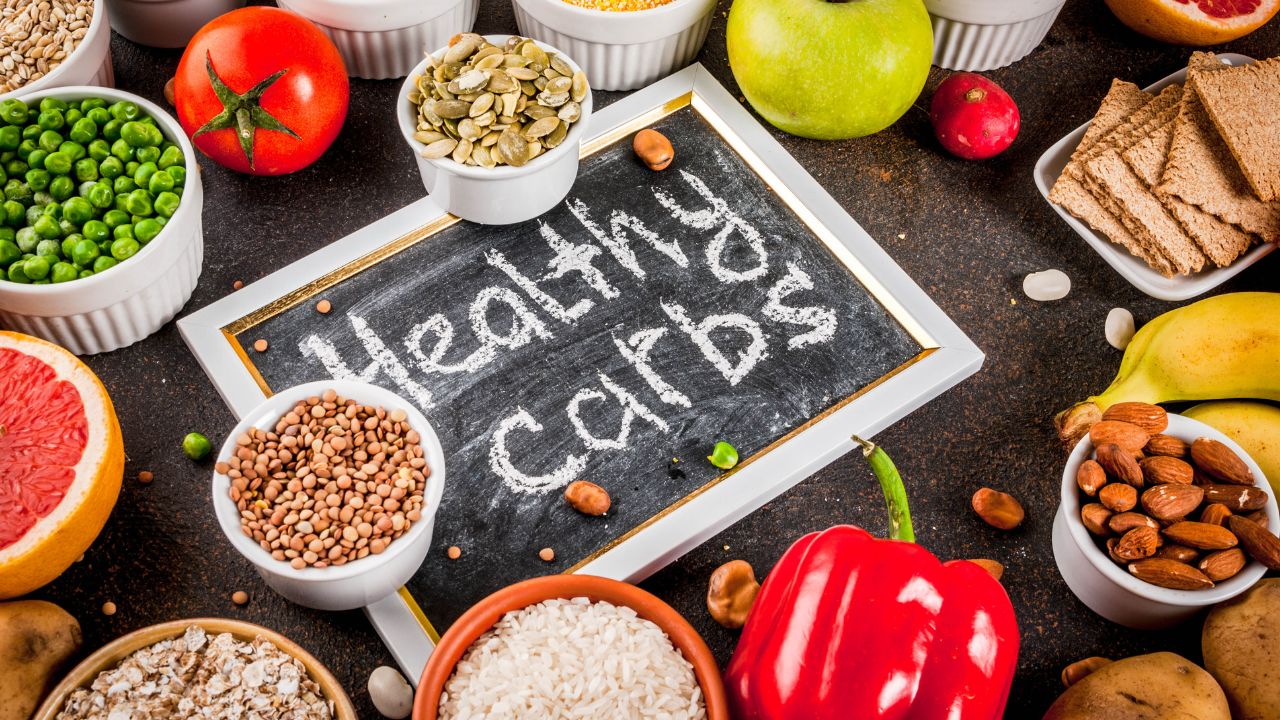Milk is no longer the white liquid you get from a cow. Stores now sell all types of milk imaginable, even the plant-based ones.
Many people don’t think about the milk they drink when grabbing that bottle or carton from the shelf.
However, knowing what milk you drink is important to stay healthy.
What is the best milk to drink? It depends on your medical condition, lifestyle, eating preferences, and calorie needs.
Here are 18 types of milk you often see at the stores, and what they pack inside.
1. Almond Milk
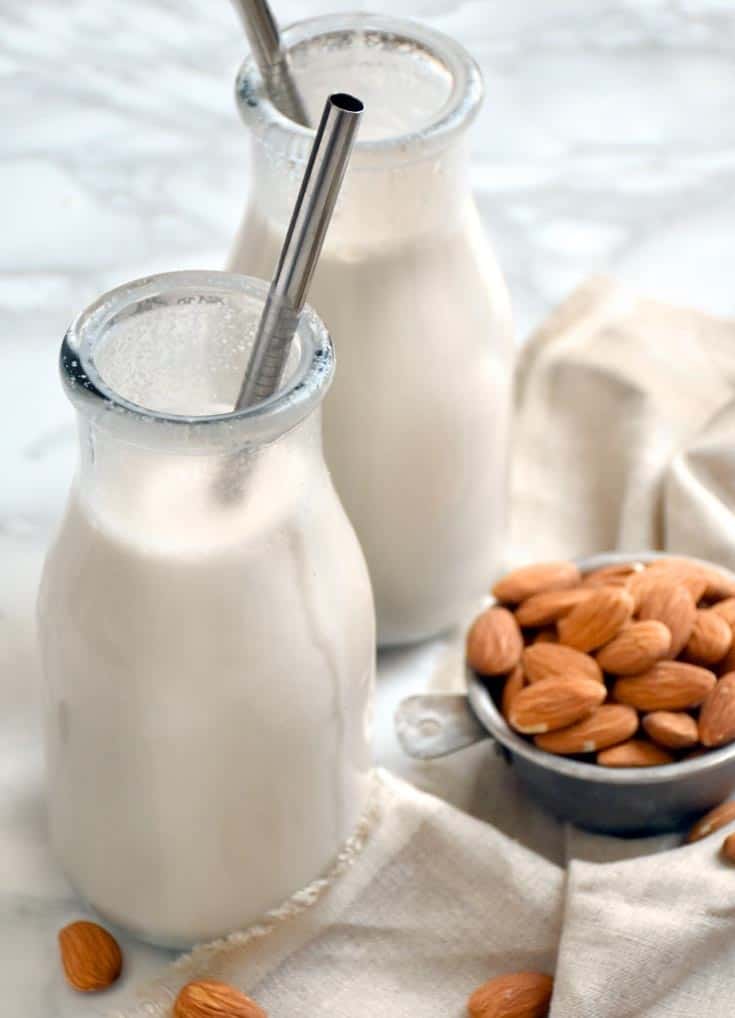
Almond milk is one of the newest favorites in the healthy-eating trend. You can make it at home by soaking, blending, and straining the white liquid from fresh almonds.
The flavor is slightly nutty, but not thick. Almond milk contains 45 percent more calcium than cow’s milk.
2. Soymilk
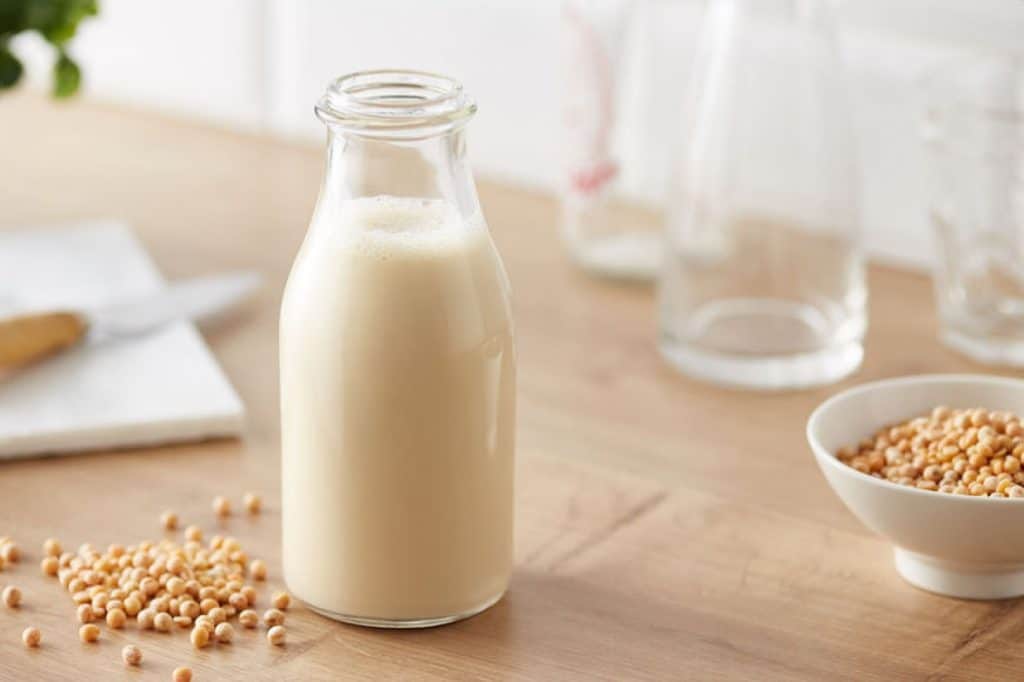
Chinese people have consumed soymilk since the 11th century BC, but this drink experienced revival with the healthy-eating trend.
Modern manufacturers have found a way to produce soymilk that tastes more like cow’s milk.
Soymilk is nutty, full of protein, and thicker than almond milk. It is perfect for making healthy smoothies.
3. Skim Milk

Skim milk is dairy milk with all the fat removed. The texture is slightly thinner than whole milk, and it contains 0 to 0.1 percent of fat.
The modern processing method does not reduce the protein and calcium amounts. While skim milk does not contain fat, the process also removes its vitamin A.
4. Chocolate Milk
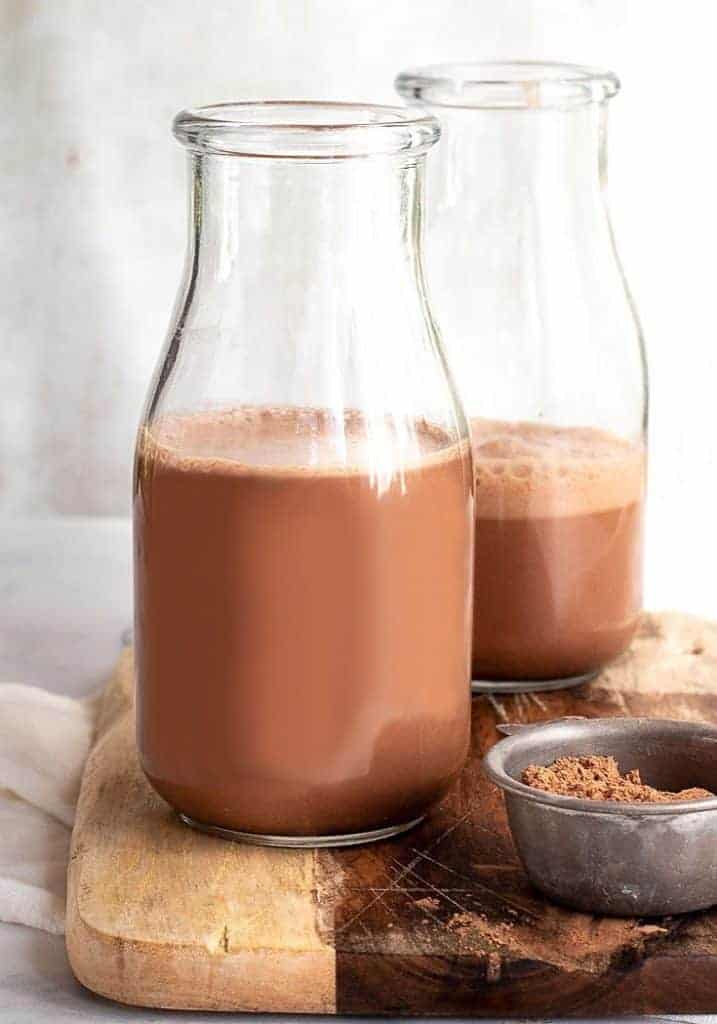
Chocolate milk is probably the most popular flavored milk in the world. The basic ingredients are chocolate and milk, so you can vary the components.
The milk may be soymilk, skim milk, low-fat milk, or whole milk. The chocolate can be syrup, powder, artificial flavoring, or melted chocolate.
5. Lactose-free Milk
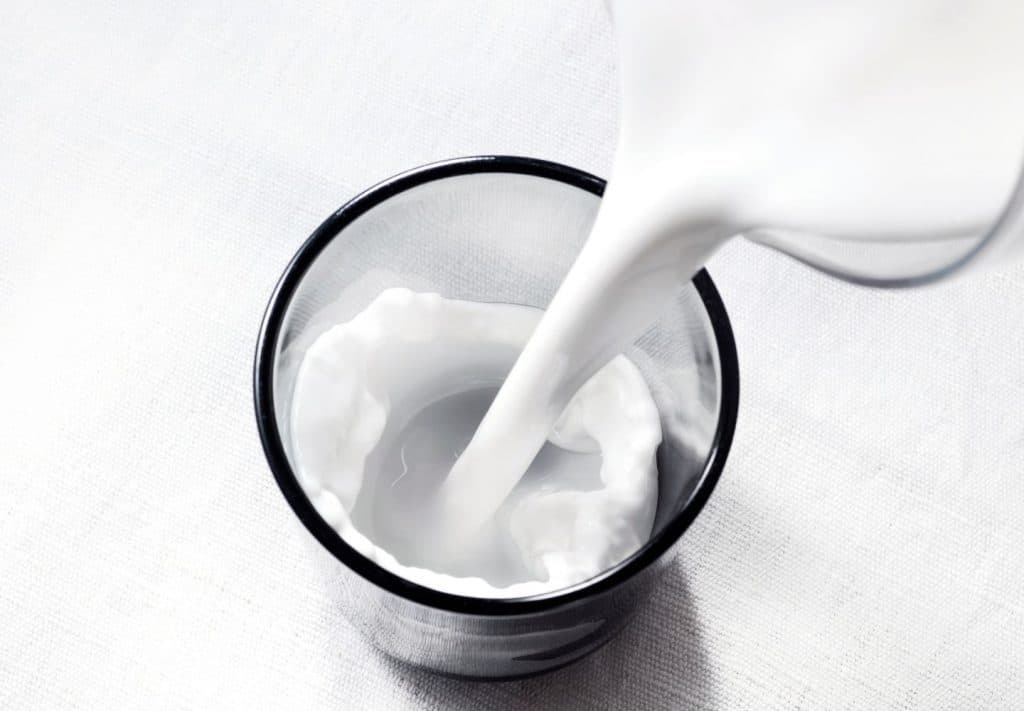
Lactose-free milk is dairy milk with its natural sugar (lactose) broken down. The milk is made to accommodate lactose-intolerant people.
The breaking down process of the lactose causes the milk to taste sweeter than regular milk.
6. Goat Milk
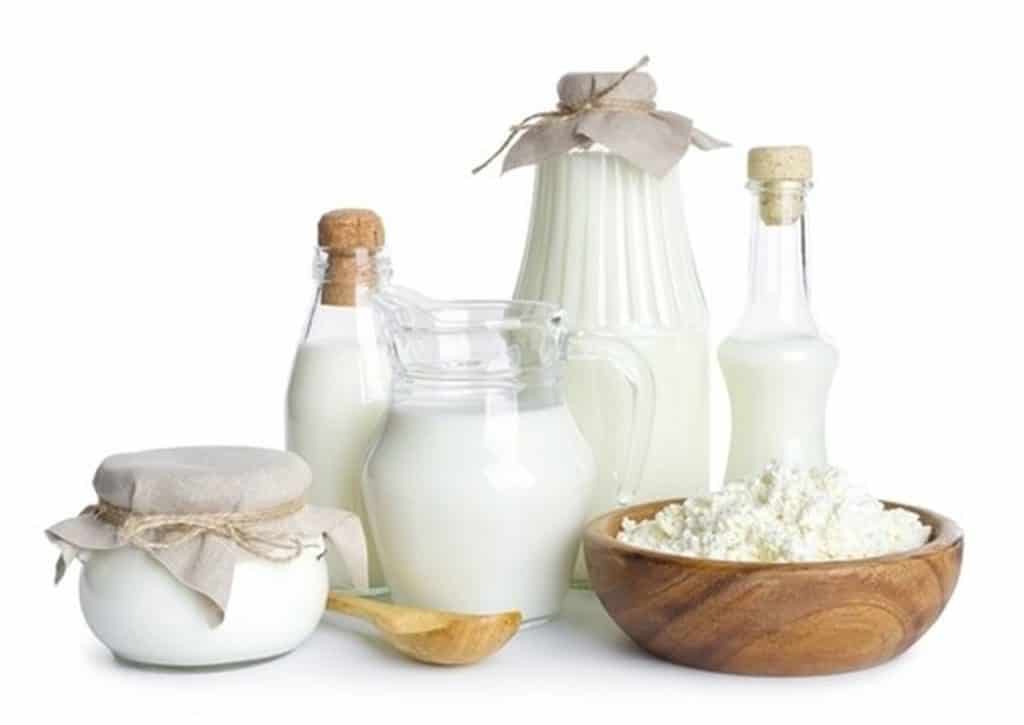
Goat milk is often touted as the healthiest milk that comes from an animal. Lower lactose level and smaller fat globules make this milk easier to digest.
Goat milk contains E2 casein, which is a type of milk protein close to human breast milk. Flavor-wise, goat milk has a thick and creamy texture, with a hint of savory and sweet.
7. Raw Milk
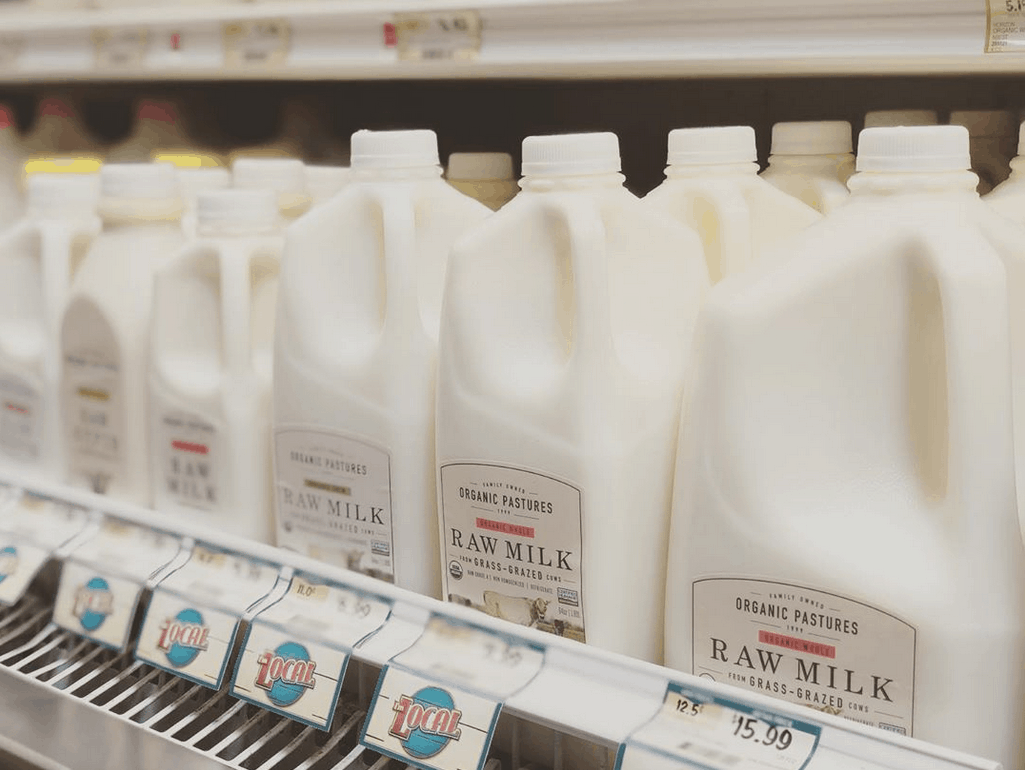
When you think about “fresh milk” at the stores, you actually imagine pasteurized milk. On the contrary, raw milk does not go through the pasteurization process.
Many people claim that raw milk tastes better and contains more nutrients.
However, there is an infection risk from the unhygienic milking process, making raw milk banned in many countries.
8. Whole Milk
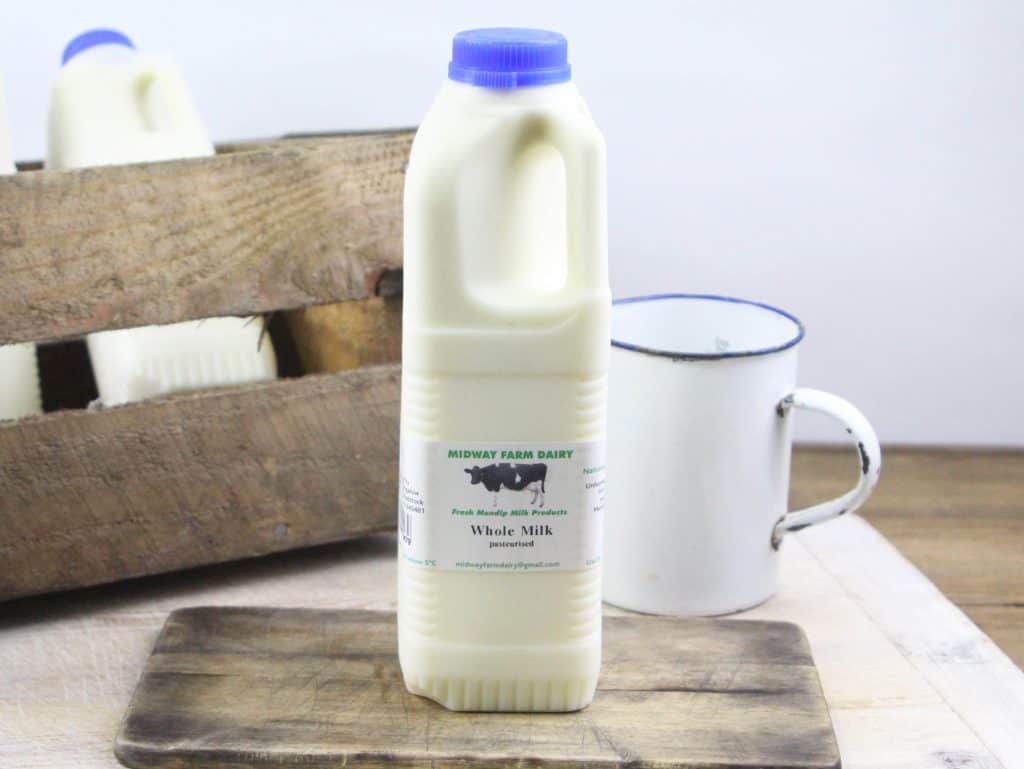
Whole milk is a common option for nonvegetarian milk drinkers. Whole milk contains 3.25 percent of dairy fats, which are important for health.
Many people also prefer whole milk to skim or low-fat milk because it has a thicker, more satisfying texture and taste.
9. Rice Milk
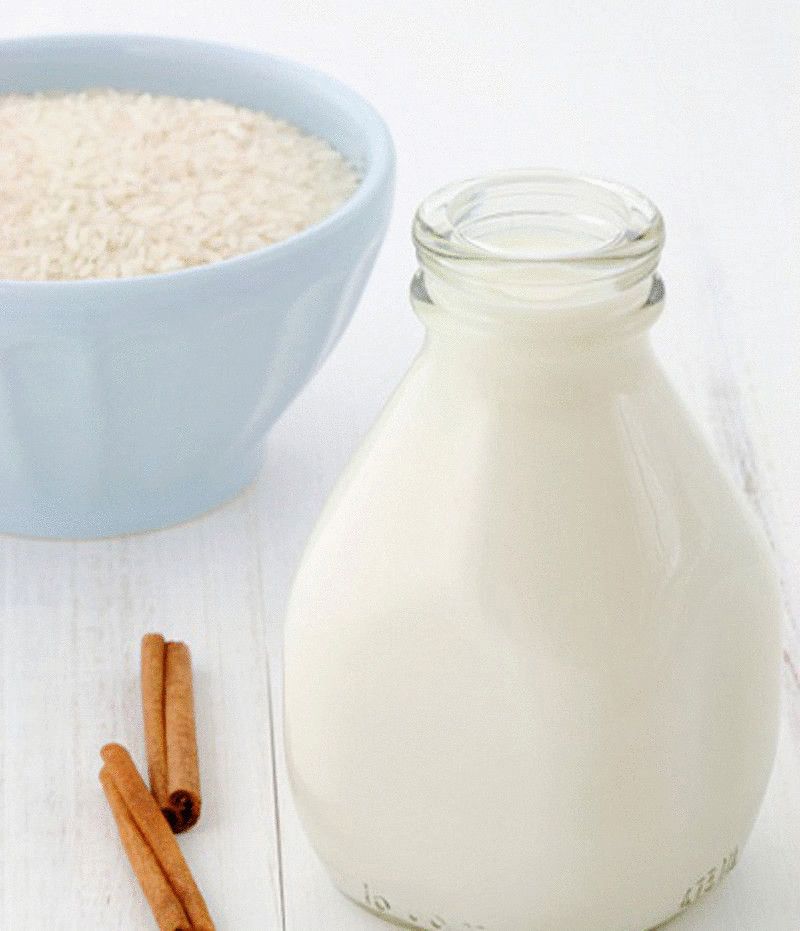
Rice milk is usually made of brown milk. It has natural sweetness because the carbohydrate is broken down during the processing. Rice milk has rich flavor but mild texture.
Manufacturers fortify rice milk with vitamins, minerals, and calcium. Rice milk is great for lactose-intolerant people, and its natural sweetness makes it great for cereal or smoothie.
10. Coconut Milk
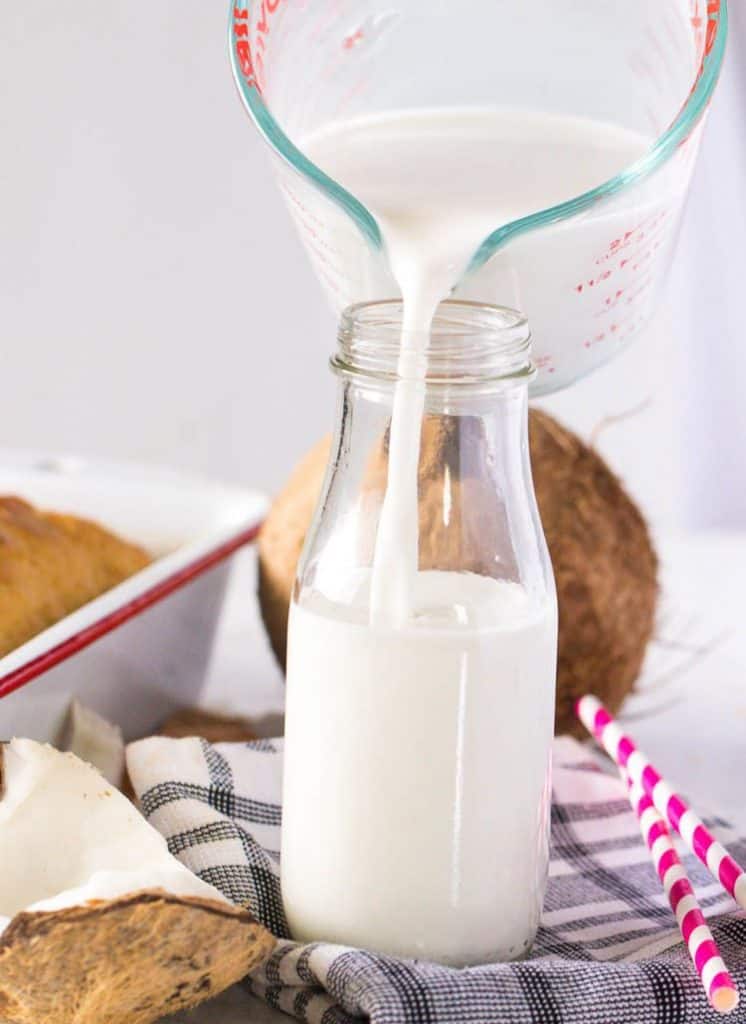
Coconut milk is produced by squeezing or extracting the grated coconut pulp. Coconut milk contains a high amount of fat and has a creamy texture.
Coconut milk is divided into the drinking and cooking variants. The thickness makes coconut milk ideal as a thickening agent, such as in soup, pudding, smoothie, and homemade ice cream.
11. Low-fat Milk
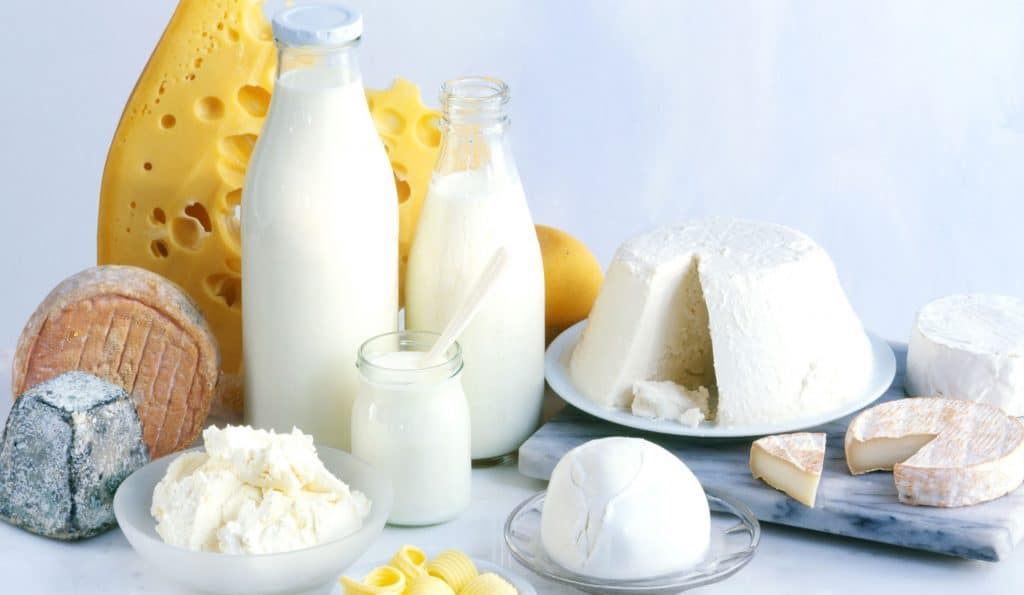
Low-fat milk is similar to whole milk, but its fat content is reduced from 3.25 percent to around 2 percent.
The fat reduction makes low-fat milk tastes a bit thinner than whole milk. However, it also offers lower calorie intake, making it ideal for a nutritious beverage without the extra fat.
12. Organic Milk
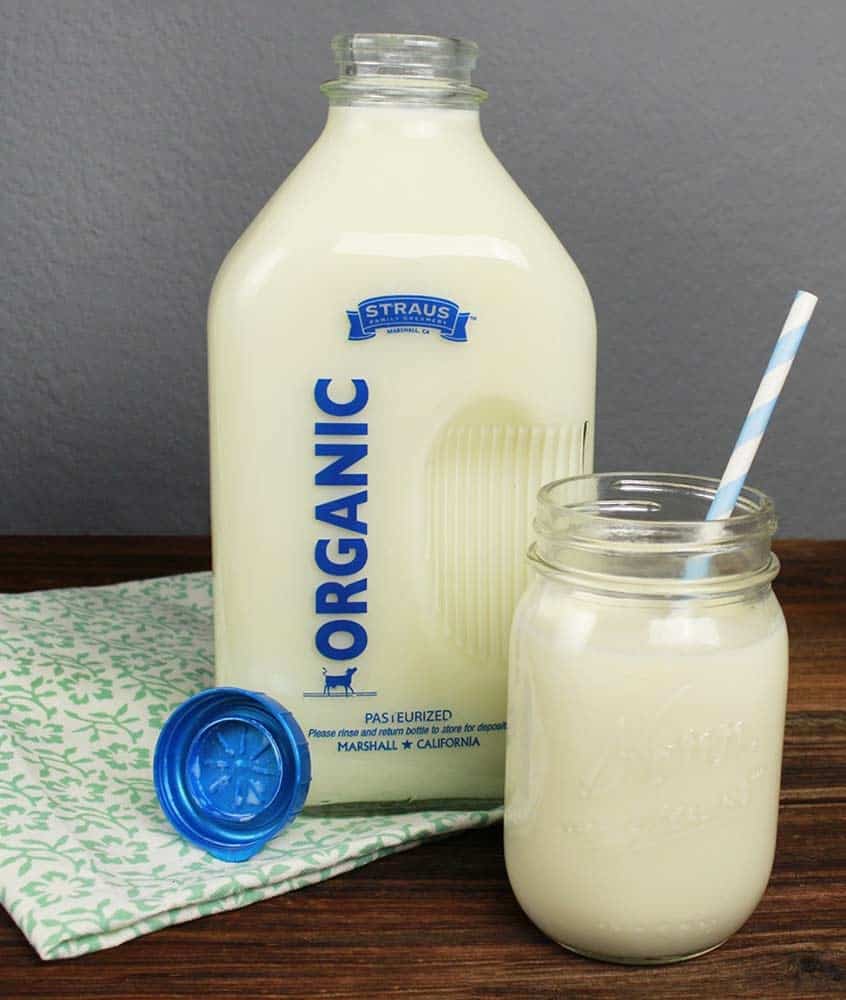
Organic milk comes from cows that are kept in farms with organic standards. For example, the cows must be treated humanely, with enough places to graze and walk freely.
The farmers must feed the cows with certified feeds, without traces of animal remains, pesticide, or growth hormones.
13. Flavored Milk
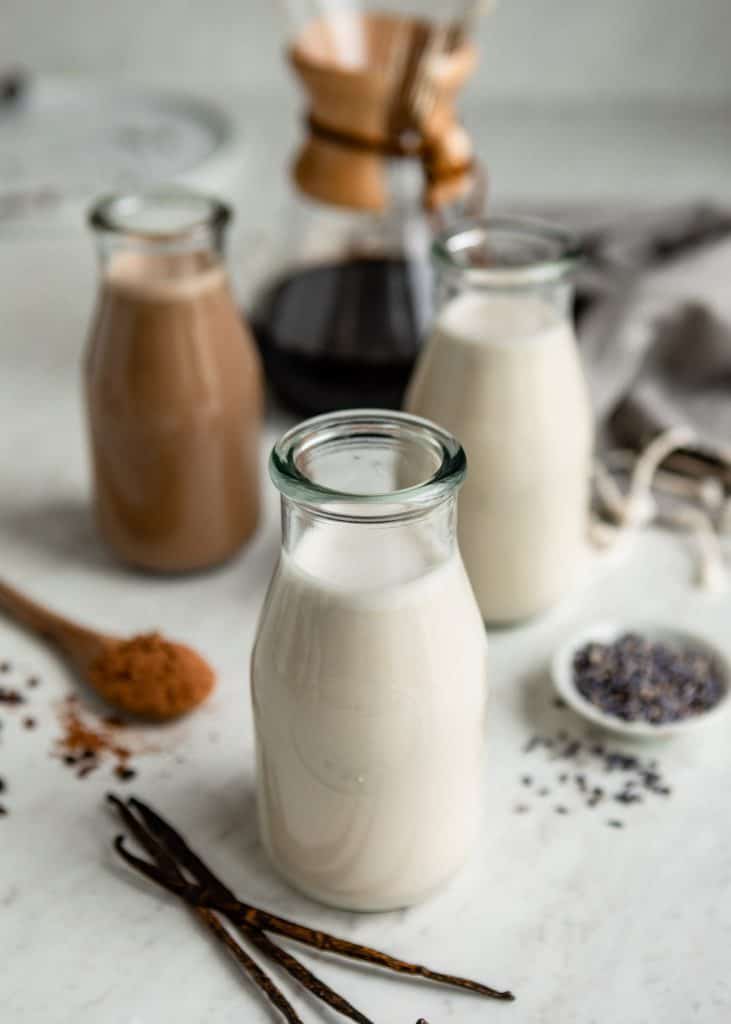
Flavored milk refers to any milk product with additional ingredients to flavor it.
Many types of flavored milk are pre-made and sold as sweet drinks (although the low-sugar milk options are available).
However, you can essentially make flavored milk at home by adding flavorful ingredients, such as vanilla extract, fruit jam, coffee powder, honey, and even spices like anise.
14. Hemp Milk
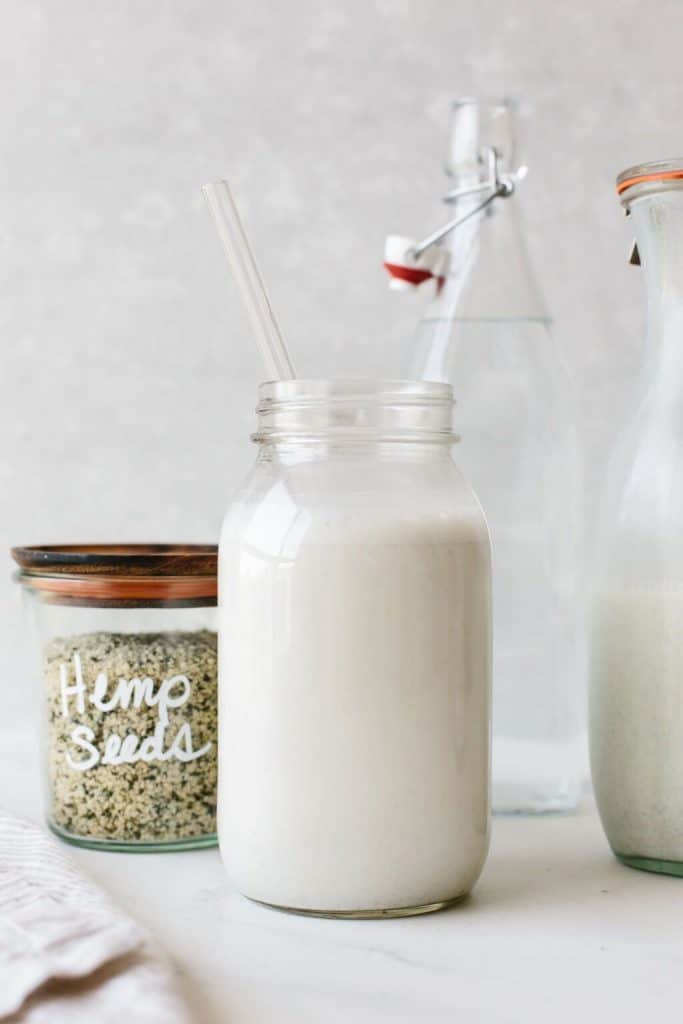
Hemp milk is made of soaked and ground hemp seed. The resulting flavor is light and plain, so manufacturers often add sweetener or sugar.
Some coffee shops like using hemp milk to make a vegan latte, because it has a better texture than soymilk. Hemp milk is also great to make mashed potatoes.
15. Flax Milk
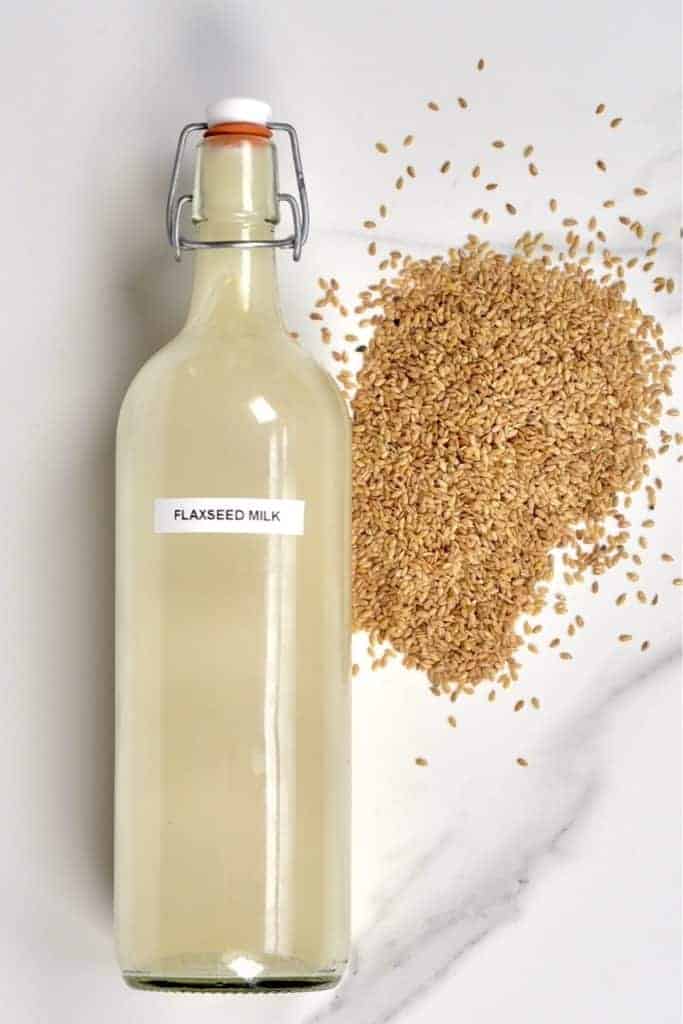
Flax milk comes from cold-pressed flax oil and has a creamy texture. It contains no lactose or cholesterol and a high amount of Omega-3.
Manufacturers often add sugar and additional flavoring to the milk, such as vanilla. Flax milk is also great if you want to drink plant-based milk that has a creamy texture.
16. Hazelnut Milk
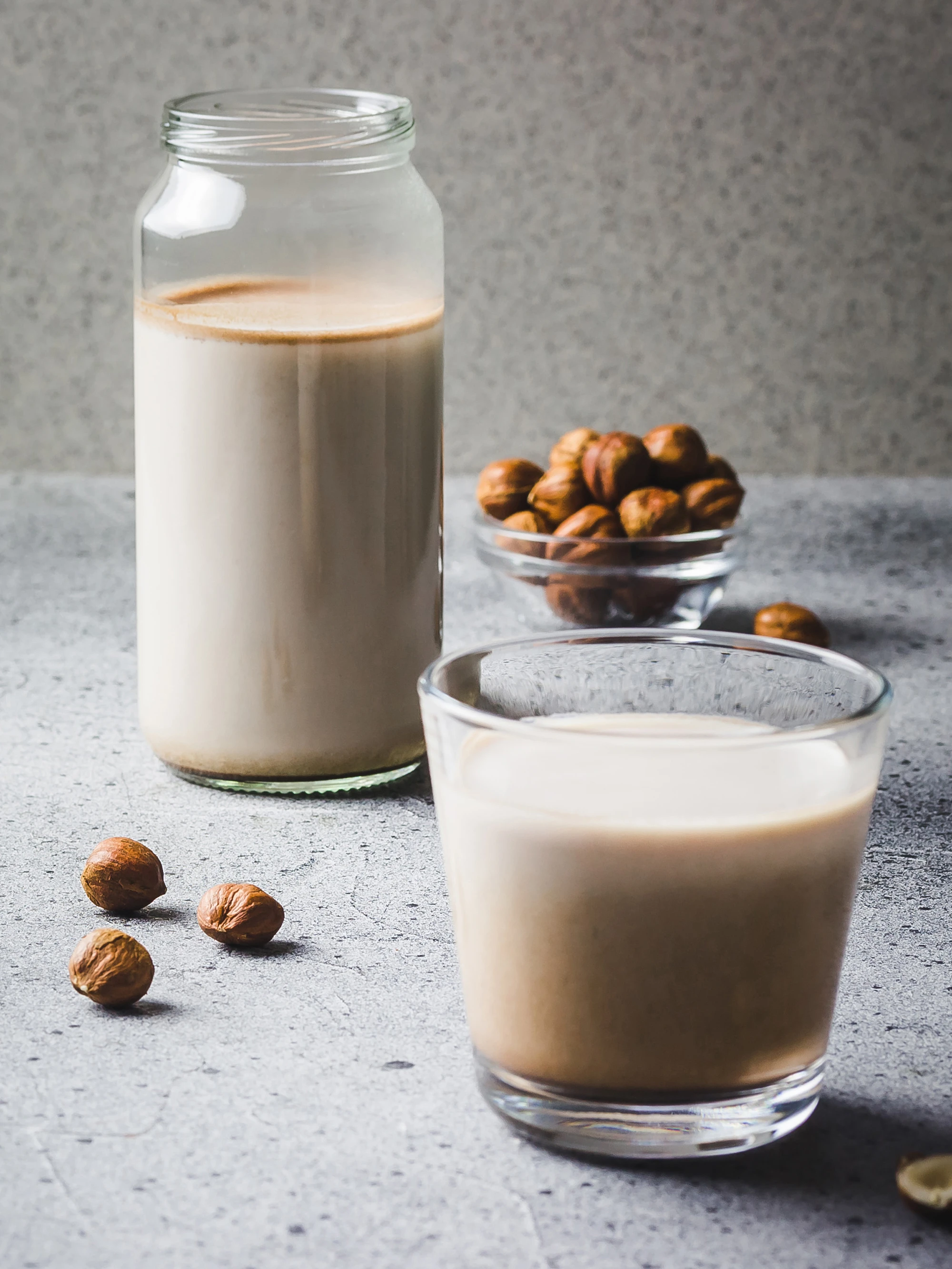
Hazelnut milk offers a subtle nutty flavor because it is made of roasted hazelnuts. The flavor makes it great to make a vegan latte.
Hazelnut milk adds a subtle nutty flavor to your coffee mixture, making it similar to hazelnut latte without the additional fat.
17. Cashew Milk
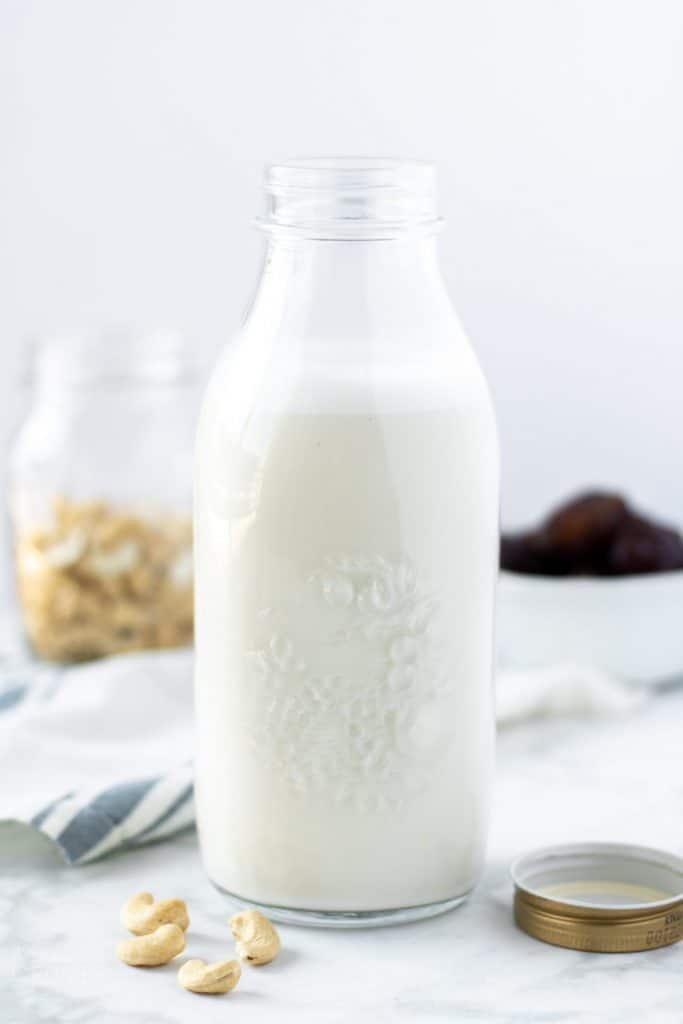
Like almond and hazelnut milk, cashew milk offers a subtle nutty flavor. You can also make cashew milk at home by soaking cashews overnight.
The milk is creamy, perfect for a latte, cereal, or as a thickening agent.
18. Oat Milk
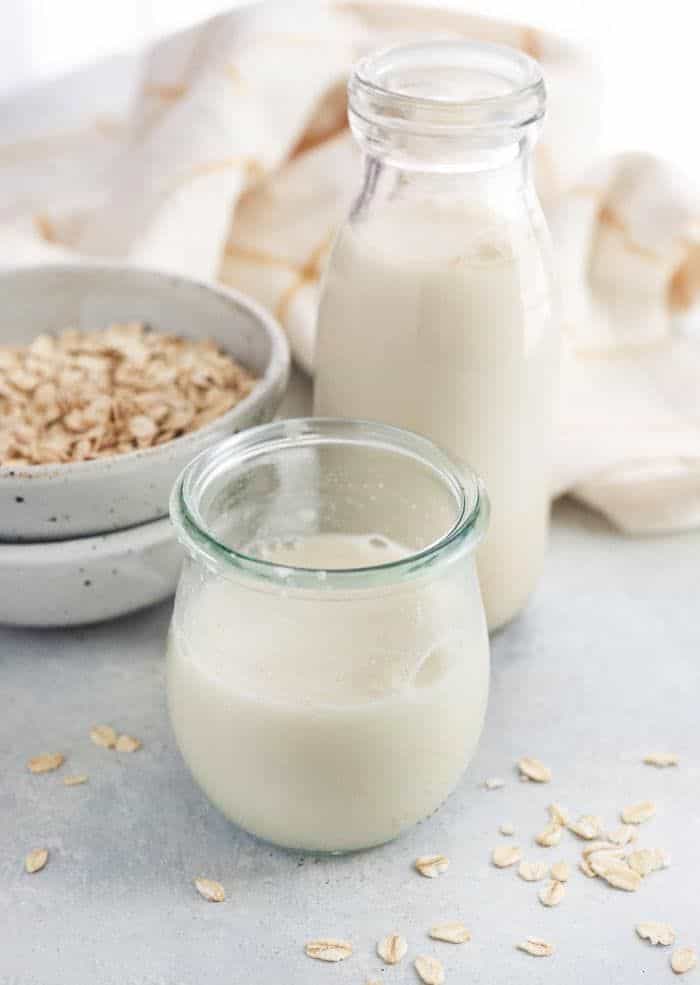
Oat milk is one of the newest plant-based trends besides rice and nut milk. Oat milk is thick, perfect for drinking and cooking.
You can make it at home and adding sugar, honey, or other flavoring options. It is also ideal for people with a soy allergy.
Knowing many different types of milk will give you richer alternatives for healthy eating.
Try these milk types until you find one that fits your lifestyle and health condition.


